The white rhinoceros (Ceratotherium simum) is the second‑largest land mammal, surpassed only by the elephant. Often called the square‑lipped rhino because of its wide grazing mouth, this massive grazer can exceed 7,700 lbs and has two keratin horns that make it a coveted trophy. Southern white rhinos now occur mainly in South Africa and Namibia, with more than 98 % of the population in these countries and Zimbabwe and Kenya. They live in open savanna and grassland where females with calves form groups of up to 14 individuals, while adult bulls defend one‑square‑mile territories encountering such animals on foot is one of the great thrills of African dangerous‑game hunting.

White rhino hunts are almost always conducted on foot using the walk‑and‑stalk method. Trackers follow fresh spoor and approach from downwind because rhinos have excellent hearing and an acute sense of smell but relatively poor eyesight. Outfitters in South Africa’s Eastern and Northern Cape provinces, for example, lead hunters across 5,000‑acre concessions and target post‑mature bulls aged nine to fifteen years; encounters may involve hours or even days of walking before a suitable bull is found. Most hunts are scheduled during the dry season (May – October) or early mornings when rhinos concentrate around waterholes and tracking conditions are favourable. Large‑calibre rifles (.375 H&H or larger) are required to penetrate the rhino’s thick skin.
Conservation and careful management underpin all white rhino hunting. Trophy hunting of southern white rhinos has been legal in South Africa since 1968; private landowners determine how many post‑breeding bulls are harvested. Hunts remove old, aggressive males that no longer contribute to the gene pool, improving population growth and generating revenue for anti‑poaching and habitat management. The success of regulated hunting and eco‑tourism is reflected in the species’ recovery: southern white rhino numbers rose from about 1,800 to roughly 18,000 animals by 2018, making it the only rhino not classified as endangered. Both South Africa and Namibia operate under CITES regulations; each may offer five black rhino trophy hunts per year, while white rhino hunts must still meet strict TOPS permit and export requirements. Two subspecies exist—the southern and northern white rhinos—but with only two northern females remaining in Kenya, all hunting involves the southern subspecies.
The name “white” rhino derives from the Afrikaans word weit (wide), referring to the animal’s broad, square lip. Unlike the more solitary black rhino, white rhinos have complex social structures; females with calves may form groups of up to 14 animals, and territorial males mark their home ranges with scraped dung piles. Some outfitters offer “green” or vita‑dart hunts in which hunters stalk and dart a rhino with vitamins or tranquilizer for research before letting it walk away. Rhino horns are composed of keratin (the same material as human hair and nails), and trophy quality depends not only on length but also on the circumference of the horn base. Hunters should be prepared for close encounters and may also experience alternative experiences such as tracking from a machan or assisting veterinarians during a darting operation.
White Rhinoceros can be found in the following location:
White Rhinoceros has the following variations:
- (Varieties to be confirmed)
Start Your Adventure



